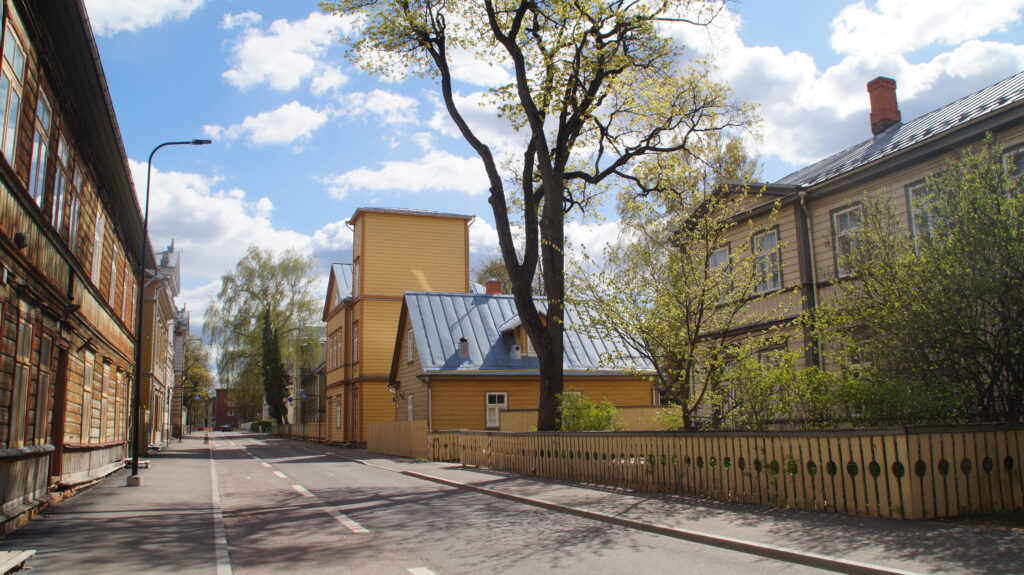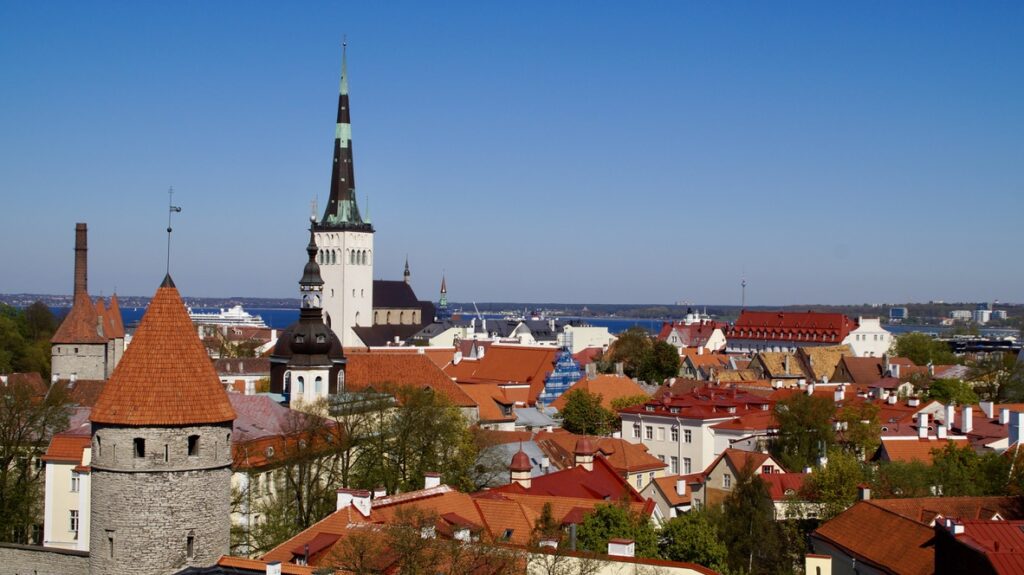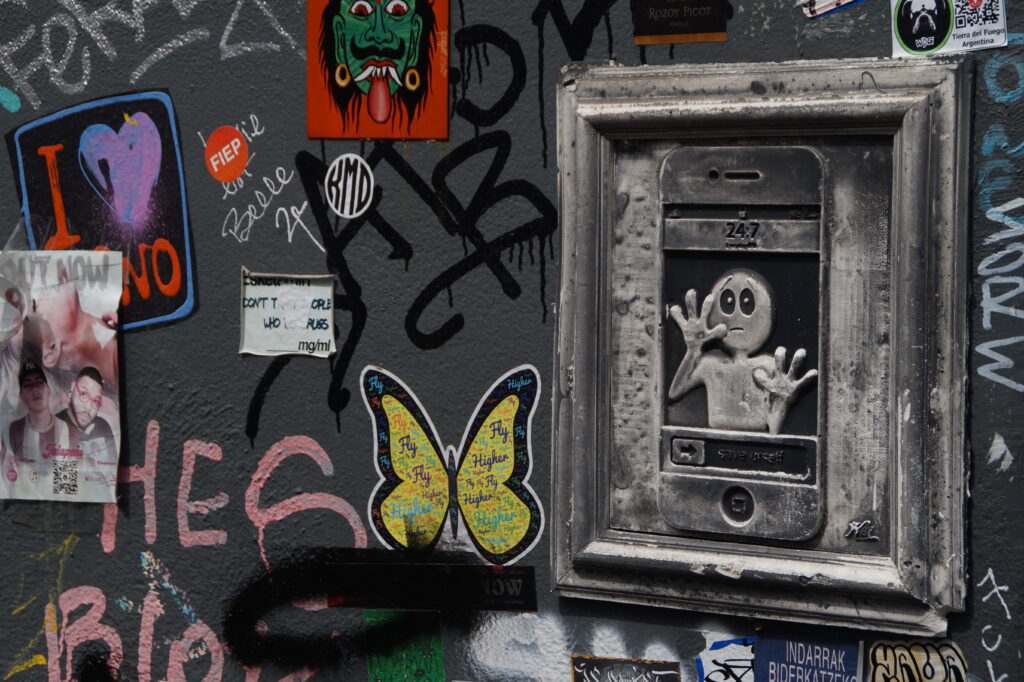The Community
The development of a community directly relates to an understanding of culture. Each community is dynamic and unique because it is co-developed by various stakeholders. Collectivity, collaboration, and co-creation are key components for our community-driven design.
Love is not directed to abstractions but to persons; not to persons we do not know, nor to numbers of people, but to our own dear ones, our family and neighbors. ‘Our neighbor,’ we remember, is one who we live near, not locally perhaps, but in life and feeling.
Charles Sanders Peirce
1893. Evolutionary love. The Monist 3(2): 177-178.
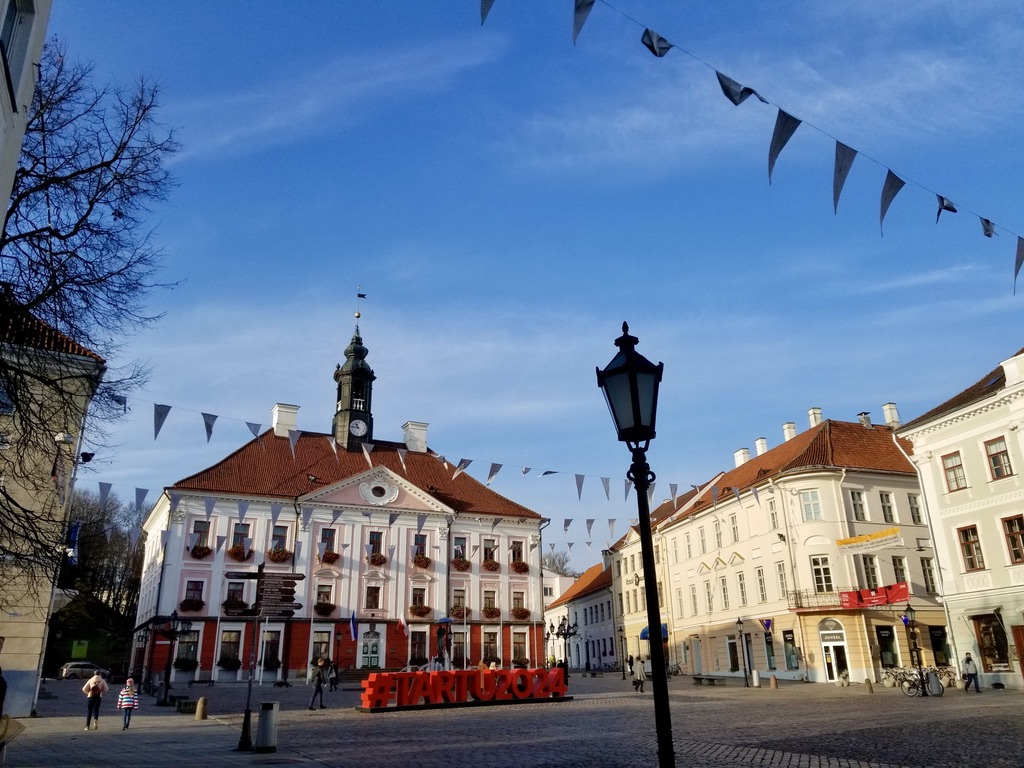
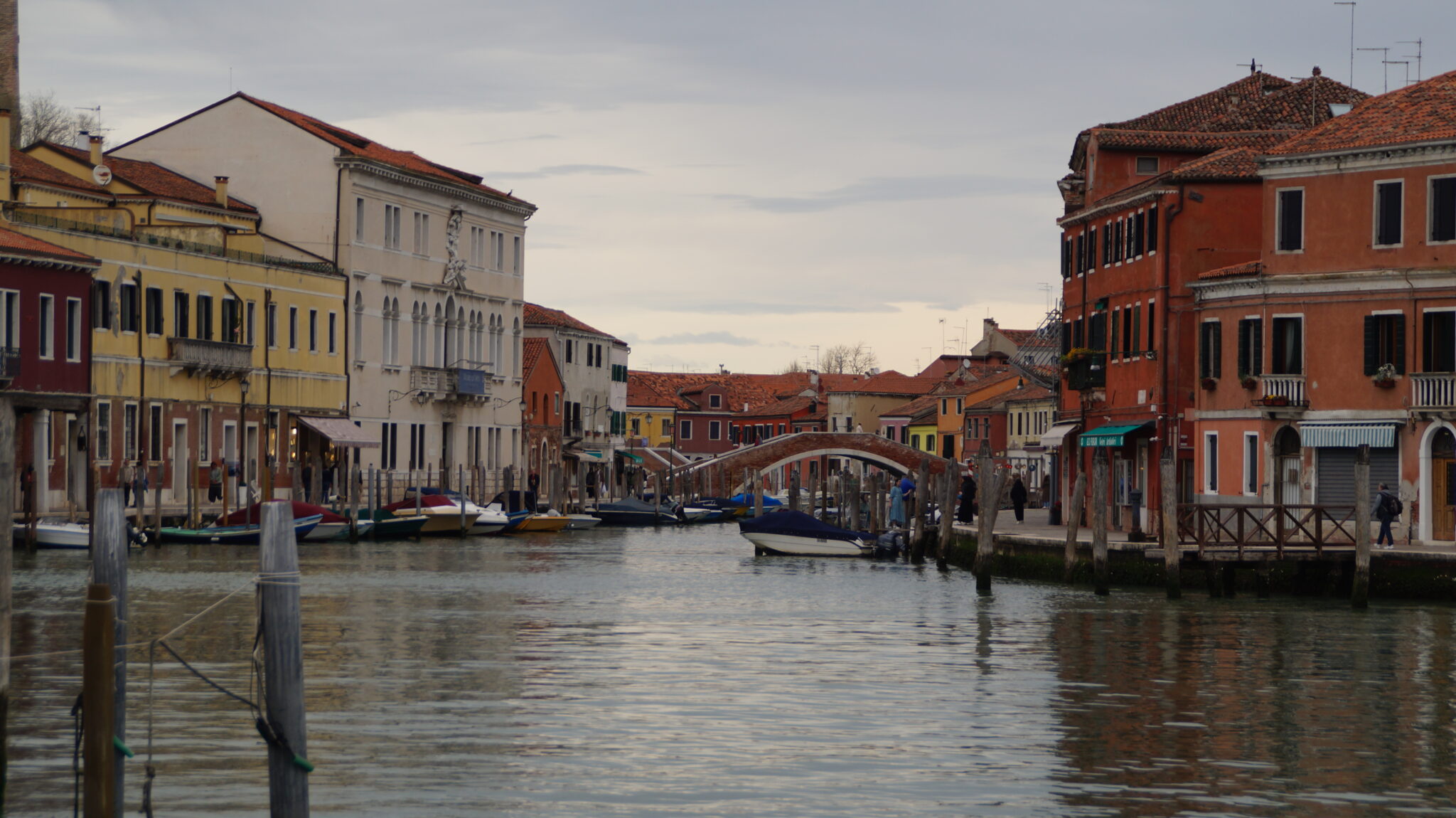
How we collectively co-develop with the environment relates to the essence of community.
Local Culture
The culture of a community strengthens the meaning-making process for both the individual and collective.
Ecological Sensitivity
This entails a balancing act of the natural environment and the built environment.
Sense-making
How we perceive and find our way throughout the space orients us to where we are aiming to go.
IoT Infrastructure
Ensuring that the technologies brought into the community provide meaning for a wide range of stakeholders rather than a select few.
Communities are living systems that look towards the future while preserving the past.
Communities, districts and cities, are a complex object that necessitates a significant amount of resources to implement growth and development while maintaining the current status quo.
Incorporating technologies within communities influence how the inhabitants of the space create meaning and understand the nature around them.
The ability of residents to co-develop with their collective space is dependent on the semiotic components that are available to the user, and in spaces with technological advancements, there is a growing need to properly model how meaning of the physical environment is translated into data for Internet of Things (IoT) processes.
Community as a Dynamic System
We approach communities as a type of designer-artifact-user system, which allows our methodology to be tailored to the relevant stakeholders in need of semiotic consulting.
The role of the designer is to create an artifact that can be integrated to perform a desirable function for a user.
The artifacts within communities includes active devices, which the user directly interacts with, and passive devices that are designed to relay data to other artifacts.
A user is someone who engages, interacts with technology within the community.
Read the publications below to learn more about the theory, or contact us to have a talk!
Related Published Research
Earthships as a de-sign process to harmonize with the environment (Kozicki 2025)
The article is useful for elaborating on how resources utilized as technologies can be modeled as local or non-local resources. This leads to strengthening the local environmental system and reducing the reliance on large supply chain relations. Ultimately, the article about Earthships provides a look at how individuals can be in more of a role as a designer and the paper discusses the mechanics to lead towards co-imagination and co-creation.
The concept of Earthship is a type of contemporary living space that potentially functions as self-sustainable processes within a closed semi-natural ecosystem for its inhabitants through the integration of repurposed commodities and natural local resources. This approach of inhabitation offers a trajectory for co-development with the environment and a creative evolutionary process of Farouk Seif’s (2019) de-sign. The research identifies how the object(s) (Earthship and materials used), the subject(s) (creator and inhabitant) and the environment (natural and built) are interrelated during the co-development process for a trajectory of semiosis. What we will see in this research is that the trajective process of an inhabitant aiming for self-sustainable off-the-grid living within an environment requires a competency and balance to resonate with the surrounding ecological system. Within this framework, the concept of de-sign serves as a means to examine how intentionality and deliberate acts within the creative process to live self-sustainably is oriented towards ecological and anthropocentric systems. The purpose of this research is to elaborate how the concept of Earthships as a self-sustainable living space may have a point of centrality focused on human inhabitation and can be further developed to evoke ecological awareness and sensitivity.
The article will be published soon!
Umwelt in an umwelt: Co-developing within immersive virtual environments and the paradoxical nature of reality and hyperreality (Kozicki 2023b)
Analyzing immersive virtual environments within the context of communities can strengthen cultural relations. The content discussed in this article is also beneficial for participatory design strategies and implementing metrics for user feedback. Communities, whether they are local municipalities or sustainable eco-villages, can incorporate digital technologies within their physical space, which is important for planning and analyzing the impact of digital systems (hyperreality) within the physical system (physical reality).
This paper examines how to model immersive virtual environments using Kalevi Kull’s ecosemiotic model of four degrees of nature. Using this theoretical model allows for an investigation into the paradoxical nature of reality and hyperreality, which is a novel approach to understanding how a user co-develops with both their physical and immersive virtual environments. Analysis for the four degrees of nature within the virtual space reveals that an immersive virtual environment emerges from an imaginative void, contains milieu that users can recognize and interact with, offers the action-potentiality (affordances) for altering and changing materials within the virtual space, and the reproductive nature which converges the boundaries of reality and hyperreality during the meaning-making process for users. Additionally, this paper elaborates how technological household goods in the past century have integrated texts into the cultural construct of a home. The paper identifies how immersive virtual environments alter an inhabitant’s perception and interactions within the home and explains how to model immersion, which is important for future research of user behavior in the digital age of new media.
The article can be downloaded for free from the journal Sign Systems Studies – https://doi.org/10.12697/SSS.2023.51.1.03
Affordance and Ton: The meaning-carriers of semiosis (Kozicki 2023a)
This article talks about the importance of the umwelt theory and how each subject can engage with environmental characteristics differently. The content in this article is useful for interpreting how various stakeholders within an environmental system, such as a community, would generate semiosis with objects within physical space.
In this article, the distinction between an affordance and a Ton is explored, and the role of the environment in the transformation of objective characteristics into species-specific meaning-making qualities is highlighted. The goal of this article is to broaden the theoretical concept of affordances, as it relates to the designer’s creative process of an artifact and the user’s semiosis of the designed artifact. An affordance occurs as a result of a relation between two or more subsystems that objectively exist in physical reality, and the affordance is enacted by a user during the subjective reality’s perceptual functioning (umwelt). A Ton, on the other hand, emerges and exists within the subjective user’s umwelt; the user must learn, recall, and understand what the object signifies as a meaning-carrier. Overall, environmental boundaries orient the quintessential function of translating quantitative characteristics into qualitative polysemic qualities.
The anthological book about concepts for semiotics can be purchased from the University of Tartu’s press shop – https://shop.ut.ee/en/pood/concepts-for-semiotics-ii/
A Semiotic Model for Smart Home Affordances: Trajecting Semiotic Components in a Technological Living Environment (Kozicki 2021, MA thesis)
This thesis provides a foundation to understand the significance of the four semiotic components (Campbell et al. 2019) when it comes to a designer-artifact-user system. Within this text there is emphasis on various technologies appropriated within living spaces, and the relevancy for the community relates to how designers and users engage with one another.
The thesis constructs a gestalt system of affordances that is applied to cloud-based smart home technologies, while also identifying the interrelations the creator and the user have in the meaning-making process with a smart home environment. Being that smart home technology offers additional functions designed into the product compared to common household devices and appliances means that the creator should have a clear understanding on who the product is designed for and for what purposes will the user utilize the product. With this said, certain characteristics designed into the smart device will lead to the user establishing affordances with the device which can generate to a deeper meaning within the smart home. Constructing a semiotic engineering approach that focuses on the semiotic components defined by Campbell et al. (2019) of resources, competence, affordances, and scaffolding provides insight on how the relations between the creator, the user and the smart home system are interconnected during the meaning-making process that exists in a smart home. Therefore, a model to identify the systems of affordances that exist for a smart home offers the framework for product designers and researchers to analyze the four semiotic components that allow for the emergence of the higher-level systems of affordances, such as the user scaffolding home automations through their smart home system.
RQ 1) Identify how semiotically engineering a model of affordances can improve the concept of smart homes.
RQ 2) How can resources be semiotically explained for/in a smart home?
RQ 3) How is competence appropriated into a smart home?
RQ 4) What do affordances provide for shaping behavior in the smart home’s environment?
RQ 5) What does the semiotic scaffolding of a smart home model lead to?
You can download the thesis for free from University of Tartu’s digital archive – https://dspace.ut.ee/items/f0ec7eba-5ccf-4b91-8819-4d7ca4a35905

